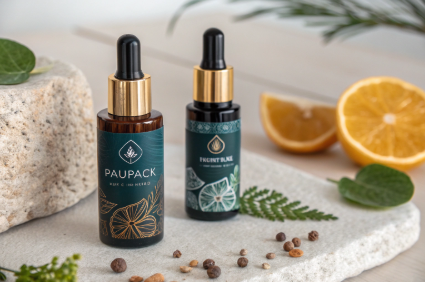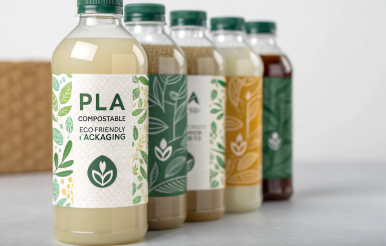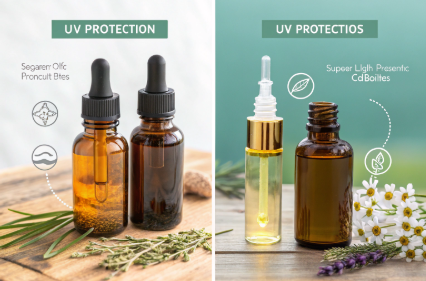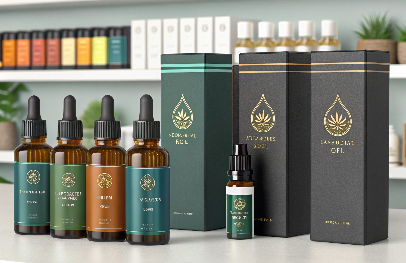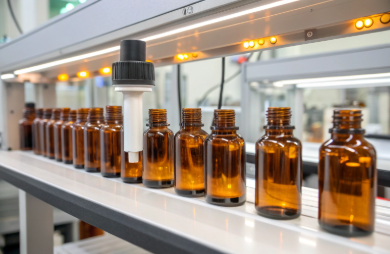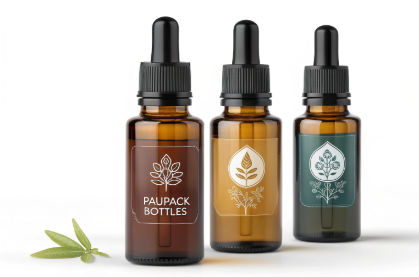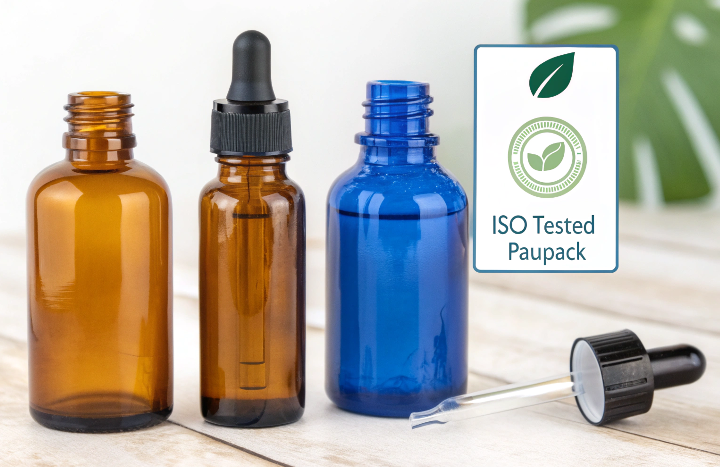Not all “eco-friendly” labels mean what you think—especially when it comes to PLA bottles.
To ensure your PLA packaging is truly compostable, you must understand the global certification landscape, composting infrastructure, and how facilities determine what breaks down and what doesn’t.
Sourcing sustainable packaging like PLA bottles is a powerful branding move—but without proper certification, it can backfire. Here's what every B2B buyer should know to stay compliant and credible.
What Makes a PLA Bottle Truly Compostable?
Many assume PLA is always compostable—but that’s not always the case.
To be truly compostable, a PLA bottle must break down under industrial composting conditions within a specific timeframe, leaving no toxic residue. Certification proves this performance.
PLA (polylactic acid) is derived from renewable plant-based resources, like corn starch or sugarcane. While the material itself is biodegradable, actual compostability depends on:
1. Composting Conditions
-
Temperature: PLA typically requires industrial composting facilities that maintain 55–70°C.
-
Time: Certified compostables must degrade within 90–180 days.
-
Environment: Aerobic conditions, moisture, and microbial activity are all required.
2. Formulation of the Bottle
-
Additives, coatings, and colorants can affect degradation.
-
Multilayer or hybrid structures may disqualify the item from compostability claims.
3. Testing and Verification
To ensure a PLA bottle meets these conditions, it must pass tests like:
-
Disintegration (physical breakdown in compost)
-
Biodegradation (conversion into CO₂)
-
Ecotoxicity (no harmful residues)
At PauPack, we prioritize the use of tested, certified PLA materials in our bottle manufacturing. This ensures brands using our products align with environmental goals and avoid greenwashing risks.
Which Global Certifications Are Recognized for PLA Composting?
It’s not enough to say “compostable”—you need to prove it.
Globally recognized certifications like TÜV Austria OK Compost, BPI, and EN 13432 provide assurance that PLA bottles meet international standards for compostability.
Here’s a breakdown of key certifications and what they mean:
| Certification | Region | Description |
|---|---|---|
| TÜV OK Compost INDUSTRIAL | EU / Global | Confirms compostability in industrial conditions. |
| TÜV OK Compost HOME | EU | More stringent—confirms breakdown at lower temperatures. Rare for PLA bottles. |
| EN 13432 | EU Standard | European norm detailing criteria for compostable packaging. |
| ASTM D6400 | USA | U.S. standard for labeling plastics as compostable in municipal facilities. |
| BPI Certification | USA / North America | Requires ASTM D6400 compliance and third-party verification. |
| AS 4736 | Australia | Aligns with EN 13432 and ASTM; specific to Australian composting infrastructure. |
Why Certifications Matter
-
Compliance: Meet regulatory requirements in your sales markets.
-
Marketing: Use legitimate “compostable” claims backed by third parties.
-
Logistics: Ensure compatibility with actual composting infrastructure in your supply chain.
At PauPack, we work with suppliers who offer PLA raw materials certified by TÜV and BPI. This ensures your brand can legally claim compostability in both the EU and North America.
How Do Composting Facilities Evaluate Certified PLA Packaging?
Even with certification, acceptance by local composting facilities isn't guaranteed.
Facilities assess whether a certified PLA product can actually degrade in their specific composting systems, based on local conditions and processing capabilities.
1. Sorting and Screening
-
Most facilities use visual sorting to separate compostable items from contaminants.
-
PLA bottles may be mistakenly sorted out if unlabeled or look like regular plastic.
2. Infrastructure Gaps
-
Some regions lack the high-temperature composting equipment required to process PLA.
-
In such areas, even certified PLA bottles may be rejected and sent to landfill.
3. Contamination Concerns
-
Facilities are wary of packaging contamination, especially if ink, labels, or seals interfere with composting.
-
That’s why full-package certification (bottle + cap + label) is often required.
4. Degradation Test Periods
-
Facilities track whether PLA breaks down within operational timeframes—typically 12–16 weeks.
To solve this, PauPack offers PLA bottle solutions with clean, minimal label design or fully printed inks that are themselves compostable. This ensures the entire product qualifies under industrial composting conditions.
What Are the Regional Differences in Certification Standards?
Compostability is not a global constant—it’s regional.
The EU, USA, and Asia-Pacific regions follow different standards and infrastructure practices, meaning one “certified” PLA bottle may not be accepted everywhere.
1. EU: Emphasis on EN 13432 and TÜV Austria
-
Europe has the most developed composting certification structure.
-
Many countries require packaging to meet EN 13432 for commercial sale.
2. USA: ASTM D6400 + BPI
-
Certification through BPI is key for municipal composting.
-
California, Washington, and New York have particularly strict labeling laws.
3. Australia: AS 4736
-
Recognizes both EN and ASTM criteria.
-
Focuses on local infrastructure readiness.
4. Asia-Pacific: Fragmented but Growing
-
Infrastructure varies by country—Japan and South Korea have robust waste management systems, while others still rely heavily on landfill.
| Region | Standard | Notes |
|---|---|---|
| EU | EN 13432, TÜV | Often mandatory for marketing claims |
| USA | ASTM D6400, BPI | Regulated at state level; BPI required by most facilities |
| Australia | AS 4736 | Alignment with global norms |
| China / SE Asia | Emerging standards | Rapid development but low current acceptance |
At PauPack, we help brands navigate this complexity by offering certification-matched solutions for their target export markets. Whether you're exporting to Europe or launching in California, our team ensures your PLA bottles comply from day one.
How Can Brands Ensure Compliance When Sourcing PLA Bottles?
Even certified bottles can fail the compliance test if sourcing isn’t managed properly.
To stay compliant, brands must verify raw material sources, ensure full-package certification, and align packaging choices with end-market composting capabilities.
Actionable Steps for Brands:
-
Request Certification Documents
-
Always ask suppliers for valid BPI, TÜV, or EN 13432 certifications.
-
Confirm that tests include the entire bottle structure, not just the resin.
-
-
Confirm Infrastructure Support
-
Identify whether your product will be disposed in compostable waste streams or landfill.
-
Align packaging choices with actual infrastructure in your primary sales markets.
-
-
Evaluate Print and Label Materials
-
Ensure printing inks, adhesives, and sleeves are compostable too.
-
-
Work With Trusted Partners
-
Choose suppliers like PauPack, who provide traceable PLA sources, design support, and global compliance insights.
-
We offer low-MOQ custom PLA packaging certified for industrial composting, ideal for startups and established brands alike.
-
At PauPack, we understand that sustainability is more than a marketing message—it’s an operational commitment. Our eco-friendly packaging solutions are designed to meet both brand aspirations and regulatory realities.
Conclusion
Understanding PLA composting and certification isn’t optional—it’s the difference between building a sustainable brand and risking greenwashing.




